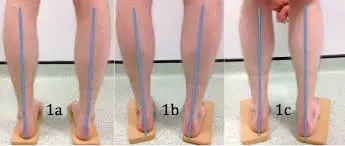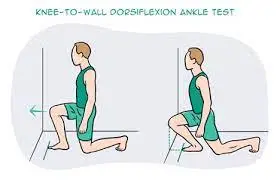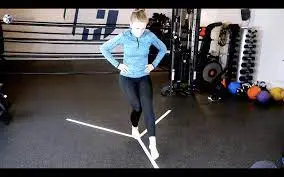Coleman Block Test of Ankle Joint
Introduction The Coleman Block Test assesses forefoot pronation and hindfoot flexibility. The forefoot has the initial malformation, whereas the hindfoot alters later. The test involves placing the patient’s foot on a 2.5–4 cm thick wood block, allowing the first, second, and third metatarsals to hang freely into plantar flexion and pronation, and placing the patient’s…










